The moment you step into a perfume store, before the blend of oud, iris, or bergamot notes can lull your senses into a trance, something else quietly steals your attention. Standing tall on the shelf, inviting admiration, or even judgment, is the perfume bottle. Quiet, yet commanding, it’s one of the most powerful yet overlooked forms of artistry.
Yes, it goes without saying that the scent of a perfume can stir emotions and turn even the most stoic soul into a lifelong fragrance lover. Yet often left in the shadows is the bottle itself, a creation that blends design, culture, and craftsmanship, worthy of its own place in a gallery.
The Cultural Legacy of Perfume Bottles
When we speak of perfume bottles, we cannot help but return to the origins of this craft. Across centuries and civilisations, perfume bottles have evolved from sacred relics to celebrated design icons.
In ancient Egypt, alabaster and blown-glass phials were often adorned with hieroglyphs, depictions of gods and goddesses, and sacred motifs, an effort to honour the divine connection between scent and spirit.
The Greeks favoured hand-painted vessels shaped like doves and deer, symbols of purity and grace. The Romans, drawn to sophistication, carved their scent containers from precious stones like amethyst and onyx, creating pieces of rare and luxurious appeal.
Fast forward to today, and perfume designs are no longer limited by borders. You now see a wealth of designs, all born from pieces of different cultures, traditions, and art forms coming together, leading to the creation of works of art rather than mere bottles. Or as Mary Ellen Lapsansky, Vice President of the Fragrance Foundation, aptly puts it, they are “objects d’art”.
The Designers Who Turned Perfume Bottles Into Visual Poetry
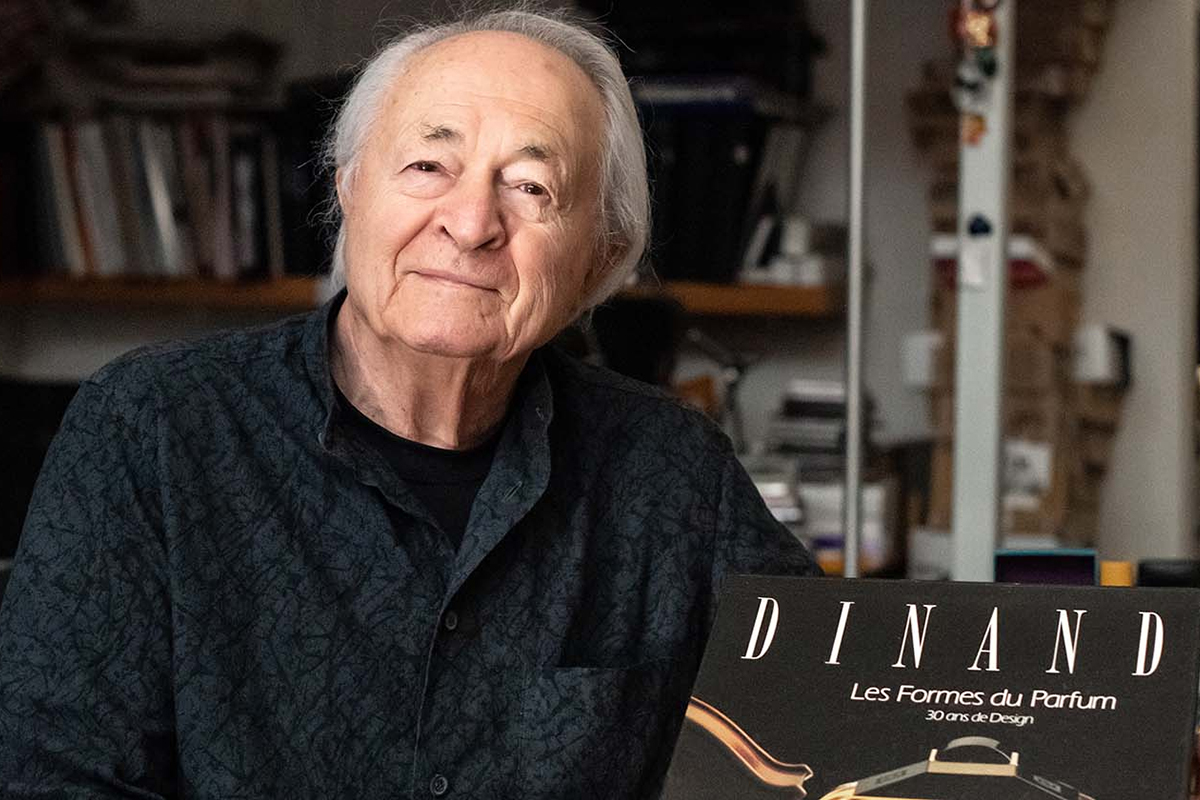 Pierre Dinand
Pierre Dinand
You can’t truly appreciate the art of perfume design without appreciating the artist behind it, and Pierre Dinand is the mastermind behind some of the most iconic perfume bottles ever created. He’s called “the man of 1,000 bottles” for a reason.
Dinand began his journey as an architect with a precise hand and a keen eye for design. His breakthrough came in 1958, when he was recruited by Rochas to design the now-iconic Madame Rochas bottle. That moment launched him into the heart of Parisian luxury and fashion, leading to collaborations with design legends like Balenciaga, Pierre Cardin, Christian Dior, and Yves Saint Laurent.
With over five decades of experience crafting and perfecting fragrance bottles, Dinand has created more than 500 designs, each one narrating a story of elegance and pure innovation. His personal favourites include Opium for Yves Saint Laurent (1977), Eternity for Calvin Klein (1986), Calandre for Paco Rabanne (1968), Eau Sauvage for Dior (1966), Verveine for L’Occitane (2000), and all eight falcons for Vilhelm Parfumerie (2016).
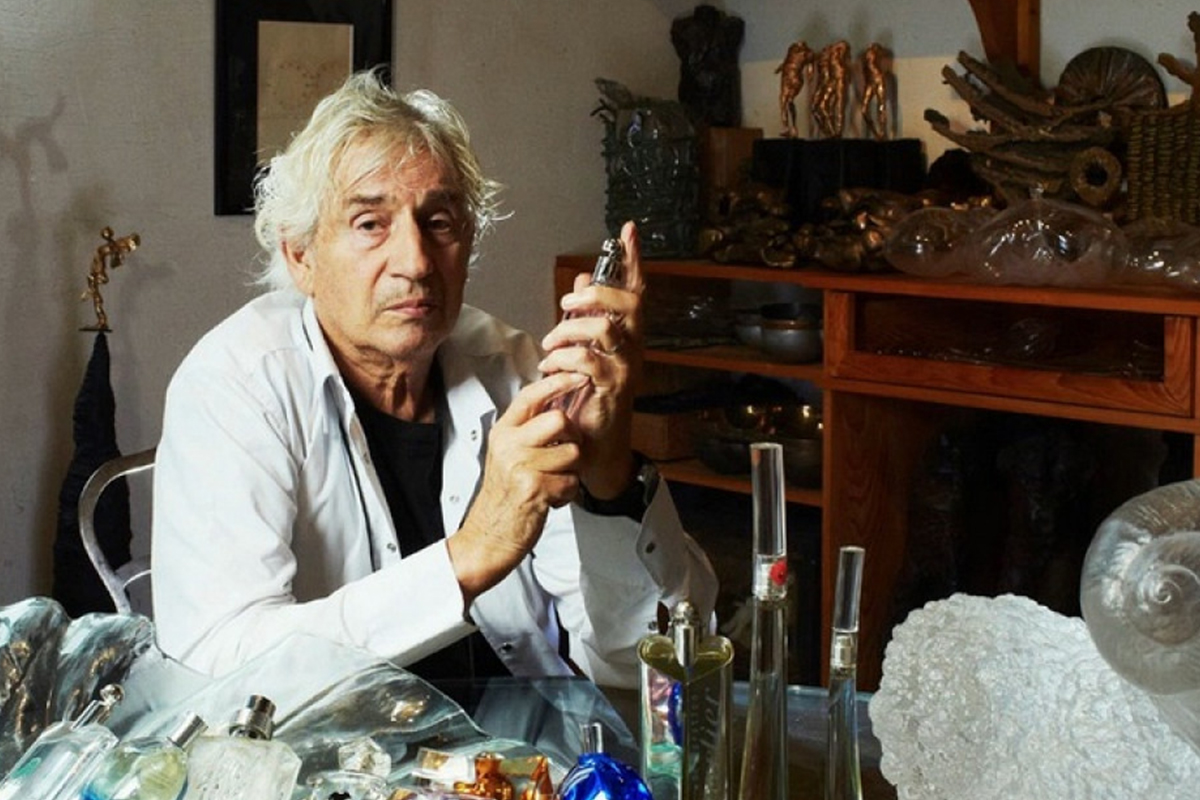 Serge Mansau
Serge Mansau
If Pierre Dinand brought architecture to the bottle, Serge Mansau brought sculpture and soul. Contrary to Dinand, Mansau began his creative life as a French artist, sculptor, and scenographer. His transition into perfume design introduced a poetic and rare artistic lens to the industry. His bottles weren’t just functional; they were expressive. He was popularly known for refusing to adhere to a single style, earning him the nickname “Versastyle.”
Nature was a central focus in many of his creations. He often drew inspiration from leaves, insects, shells, and pebbles, and had a quiet fascination for asymmetry and emotional depth, qualities that made his bottles feel less like packaging and more like sculptures worth admiring.
Among his most celebrated creations are Skin Dew by Helena Rubinstein, Climat by Lancôme, Fidji by Guy Laroche, and the instantly recognisable Flower by Kenzo.
Top 10 Stunning Perfume Bottles That Are Still Talked About Today
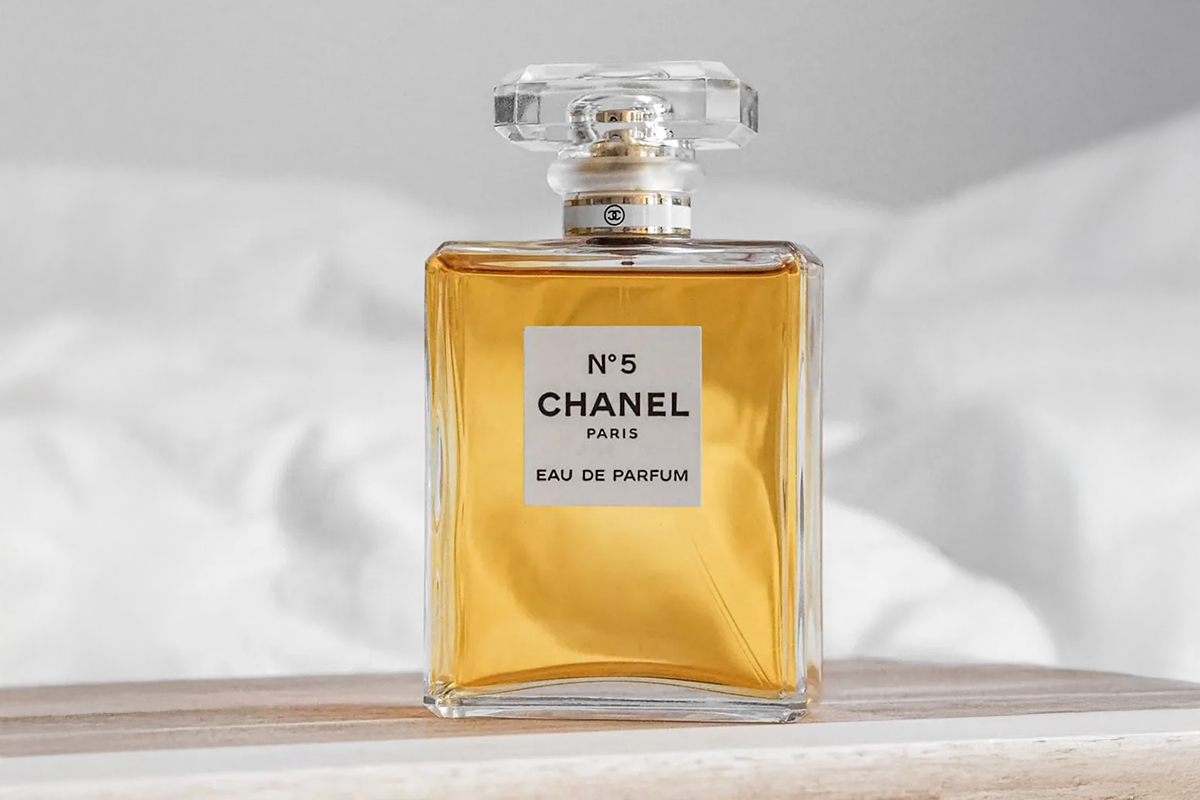 1. Chanel No. 5 (1921)
1. Chanel No. 5 (1921)
Back when perfume bottles were usually fancy and decorative, Coco Chanel took an unconventional approach to designing hers. She introduced a clean, square-shaped bottle, inspired by whiskey flasks and the neat lines of Place Vendôme in Paris. Its minimalistic label, box, and octagonal cap reflected her belief that elegance resides in the act of simplicity. And just like that, even a century later, the legacy of this perfume and the bottle remains untouched.
 2. Shalimar by Guerlain (1925)
2. Shalimar by Guerlain (1925)
Perfumes are often made with love, but Shalimar was made for love. It was inspired by the story of Mughal emperor Shah Jahan and his wife Mumtaz Mahal, the love that lived on for ages through the construction of the Taj Mahal, in honour of his departed spouse.
Created by Jacques Guerlain, the bottle was designed by Raymond Guerlain with Baccarat. It was the first of its kind to feature arabesque detailing and a colored cap, making it stand out back in 1925.
 3. L’Air du Temps by Nina Ricci (1948)
3. L’Air du Temps by Nina Ricci (1948)
This perfume bottle is an ode to peace, love, and freedom. Its original design featured a dove by artist Joan Rebull. However, in 1951, Marc Lalique revamped the bottle by adding two crystal doves atop a swirling glass base. The design became so iconic that it was named the ‘Perfume Bottle of the Century’ in 2000.
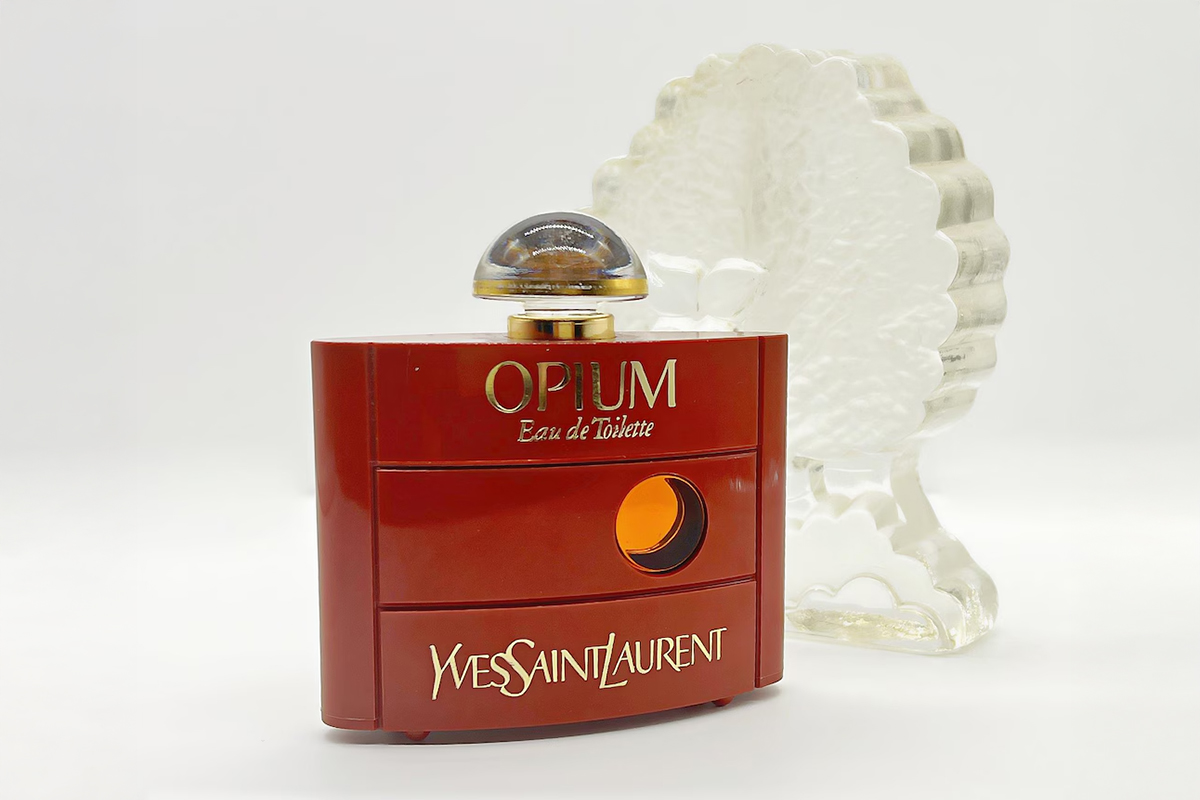 4. Opium by Yves Saint Laurent (1977)
4. Opium by Yves Saint Laurent (1977)
Opium, a masterpiece by Saint Laurent, was the epitome of seduction and mystery, originated in the year 1977. Its intense scent, with patchouli, myrrh, and vanilla, is presented in a bottle inspired by the Inrô, a small, precious case worn by Japanese samurai.
The bottle has an intense, lacquered red colour with a rounded central glass eye, making way for the amber liquid to be seen. Opium was a bold rebellion that turned a once-conventional object into a bottle that radiated sensuality in the eyes of the beholder.
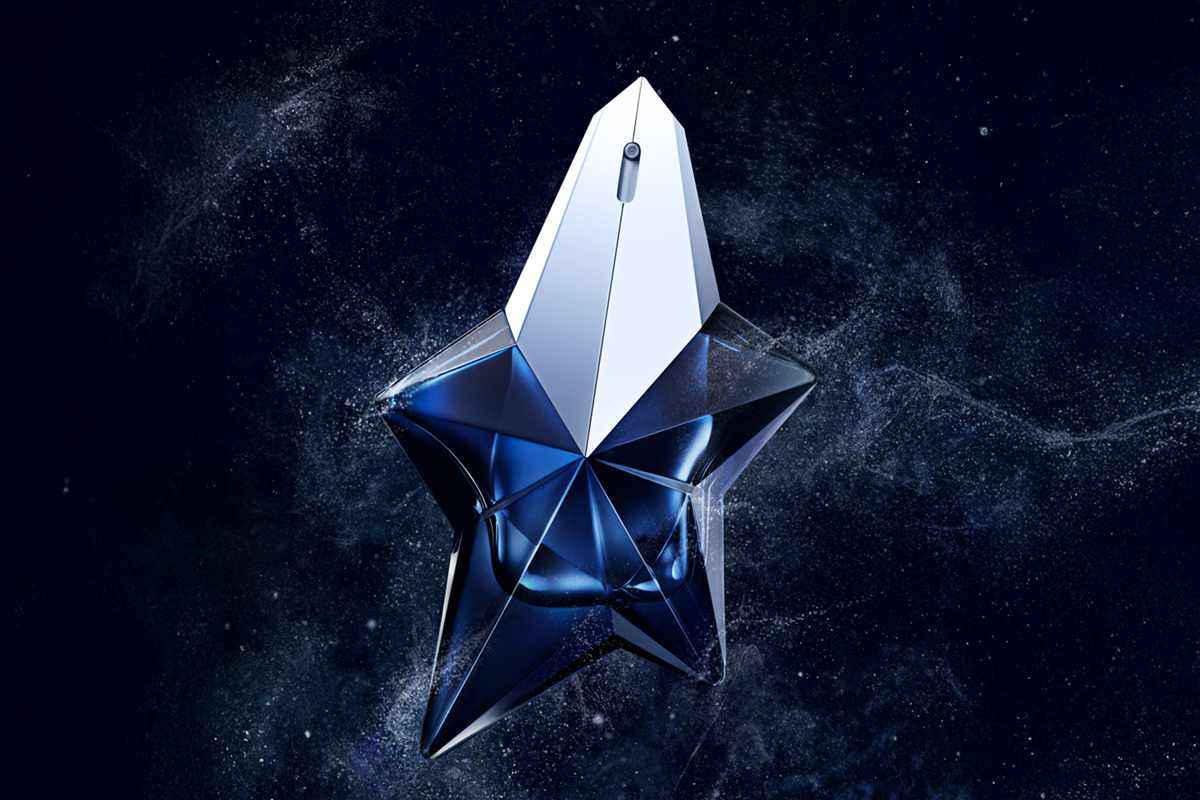 5. Angel by Thierry Mugler (1992
5. Angel by Thierry Mugler (1992
Shaped like a star, this bottle seemed impossible to create until Verreries Brosse engineered a rotating mold that allowed its five points to be filled evenly. Its magnetic blue stood out in a sea of pastels, challenging conventions of femininity at the time. Mugler also introduced the “Mugler Fountain,” a refill system that embraced environmental consciousness before it became a trend.
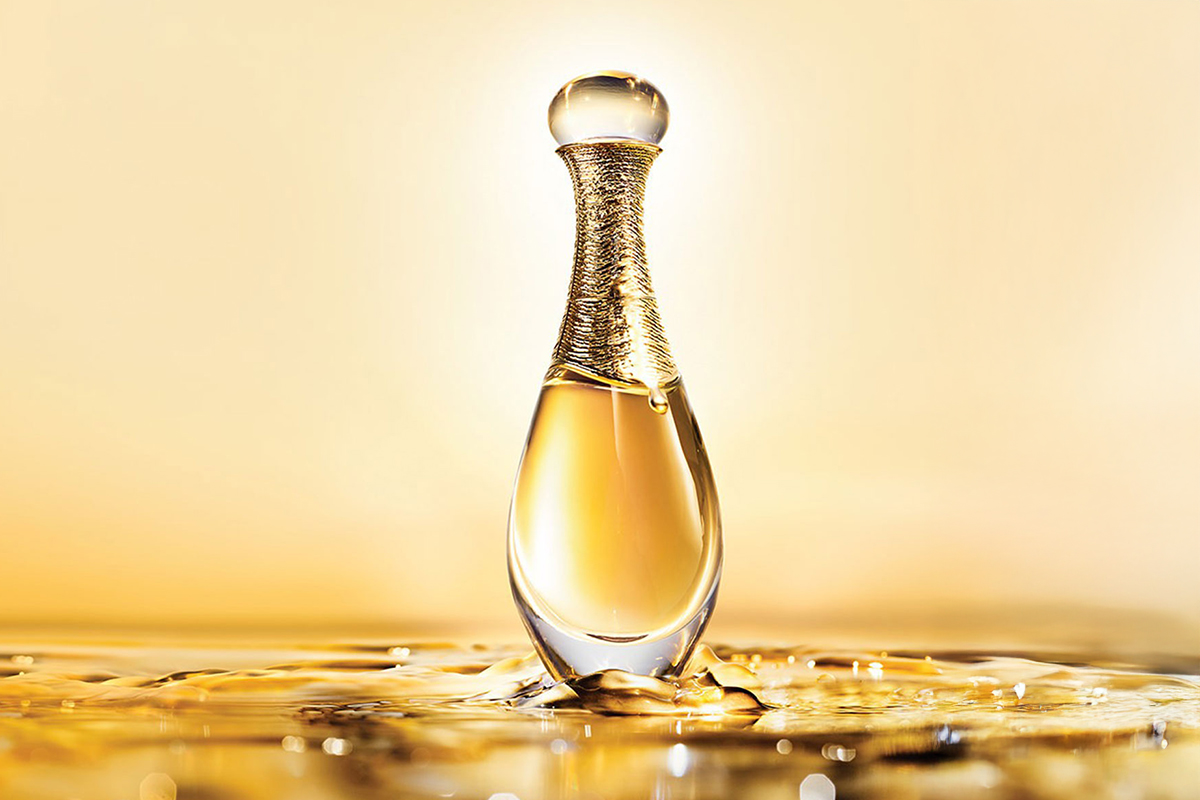 6. J’adore by Dior (1999)
6. J’adore by Dior (1999)
If there were a physical embodiment of femininity, it would be this perfume bottle designed by Hervé Van der Straeten. This bottle pays homage to Dior’s New Look models from 1947. It is sealed with a thick golden ring, closely resembling Maasai necklaces, and topped with a transparent cabochon cap. Its elegant curves speak of luxury, desire, and empowerment.
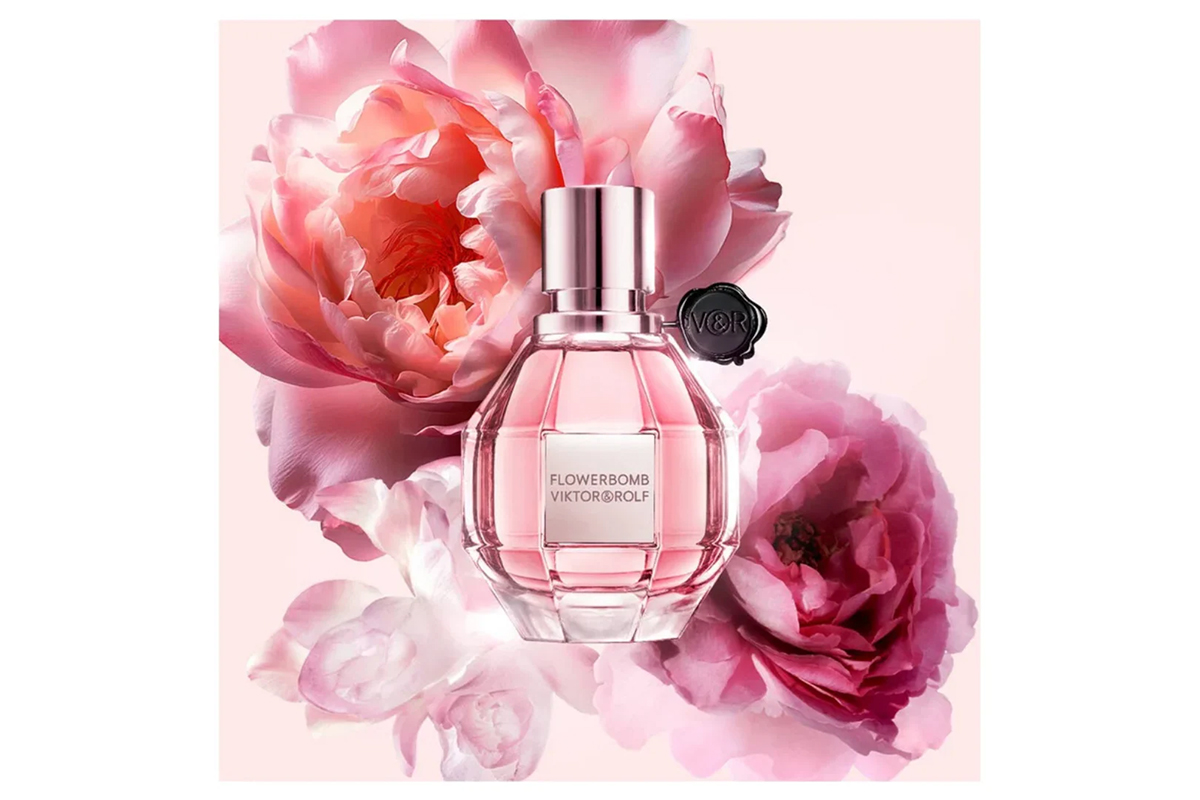 7. Flowerbomb by Viktor & Rolf (2005)
7. Flowerbomb by Viktor & Rolf (2005)
A perfume that explodes with contrast, delicate floral notes enclosed within a bottle shaped like a hand grenade. With this creation, Viktor & Rolf gave a whole new identity to floral fragrance, associating femininity with strength and even more so, telling an olfactory story through its unique approach to bottle design.
 8. Flower by Kenzo (2000)
8. Flower by Kenzo (2000)
Who knew a perfume bottle could become an emblem of peace, tenderness, and optimism? Flower by Kenzo was exactly that. Sculpted by Serge Mansau, the tall, slightly curved bottle features a printed poppy—like a poetic decal. The concept was inspired by a 1967 photo of a pacifist placing a flower in a soldier’s gun barrel, a moment that deeply moved Kenzo’s creative director. And so, a symbol of hope and beauty bloomed in the world of modern perfumery.
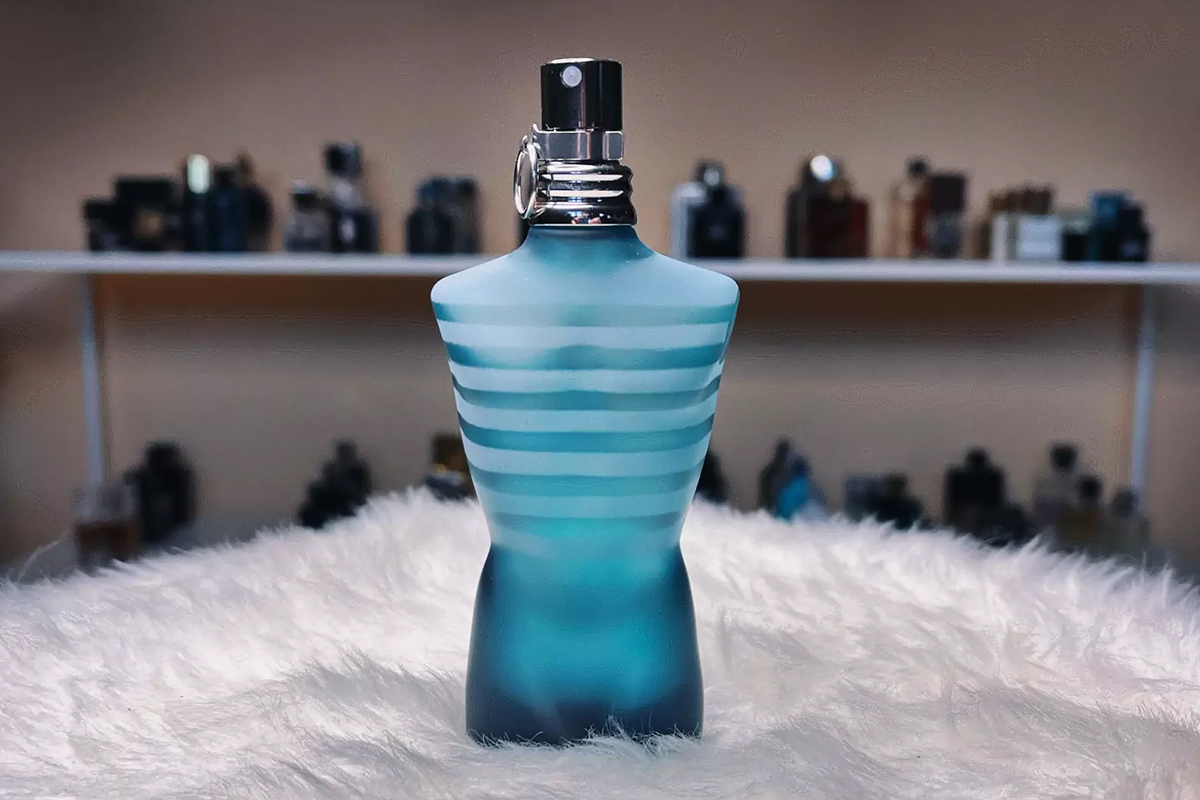 9. Le Mâle by Jean Paul Gaultier (1995)
9. Le Mâle by Jean Paul Gaultier (1995)
The more we explore iconic perfume bottle designs, the more we see them defy conventions. Le Mâle was one such design that broke every rule. Shaped like an athletic male torso in Gaultier’s signature sailor-striped T-shirt, it challenged traditional notions of masculinity in fragrance. Packaged in a sleek metallic tin instead of a typical box, it was as rebellious as it was stylish, offering a bold new vision of the modern man.
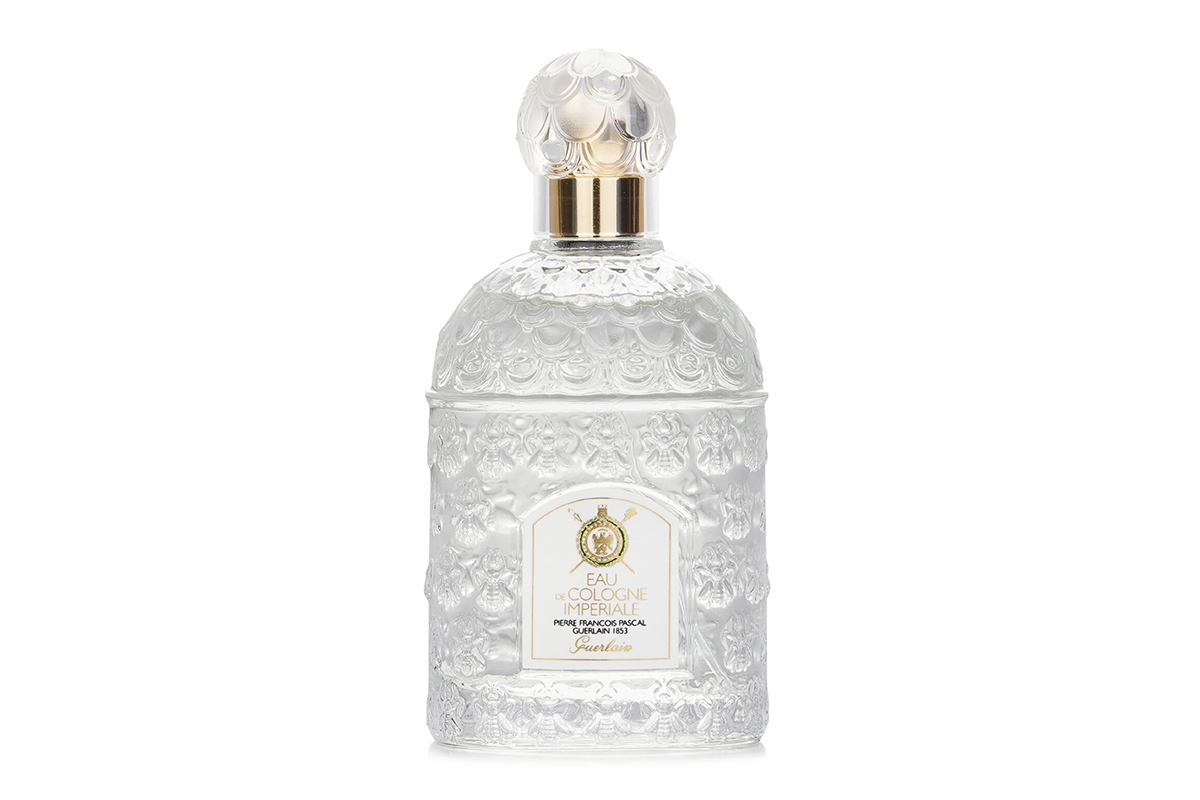 10. Eau de Cologne Impériale by Guerlain (1853)
10. Eau de Cologne Impériale by Guerlain (1853)
If you’re talking about iconic French perfume bottles, this one tops the list. Known as the “Bee Bottle,” it was created for Empress Eugénie and designed by Pochet du Courval in the year 1853. It features 69 golden bees, the symbol of the Napoleonic Empire. Its beehive silhouette, honeycomb-textured glass, and 24-karat gold detailing set a benchmark in luxury packaging. With over 300 fragrances tied to it, the Bee Bottle has long outgrown its role as a perfume container; it’s now a slice of French history.
We often think of perfume as a scent, a fleeting sensation on skin. But the bottle it resides in gives it something more: identity. It’s a vessel of stories, of love, rebellion, peace, identity, and time itself. From sculptural masterpieces to bold design statements, these bottles have carried the weight of fragrance and emotion, intertwined.
So the next time you close your eyes, lost in the notes of citrus, oud, or jasmine as they wrap the room in awe and memory, don’t forget to open them again, to the silent sculpture that held it all.

Author : Mehak Afzal


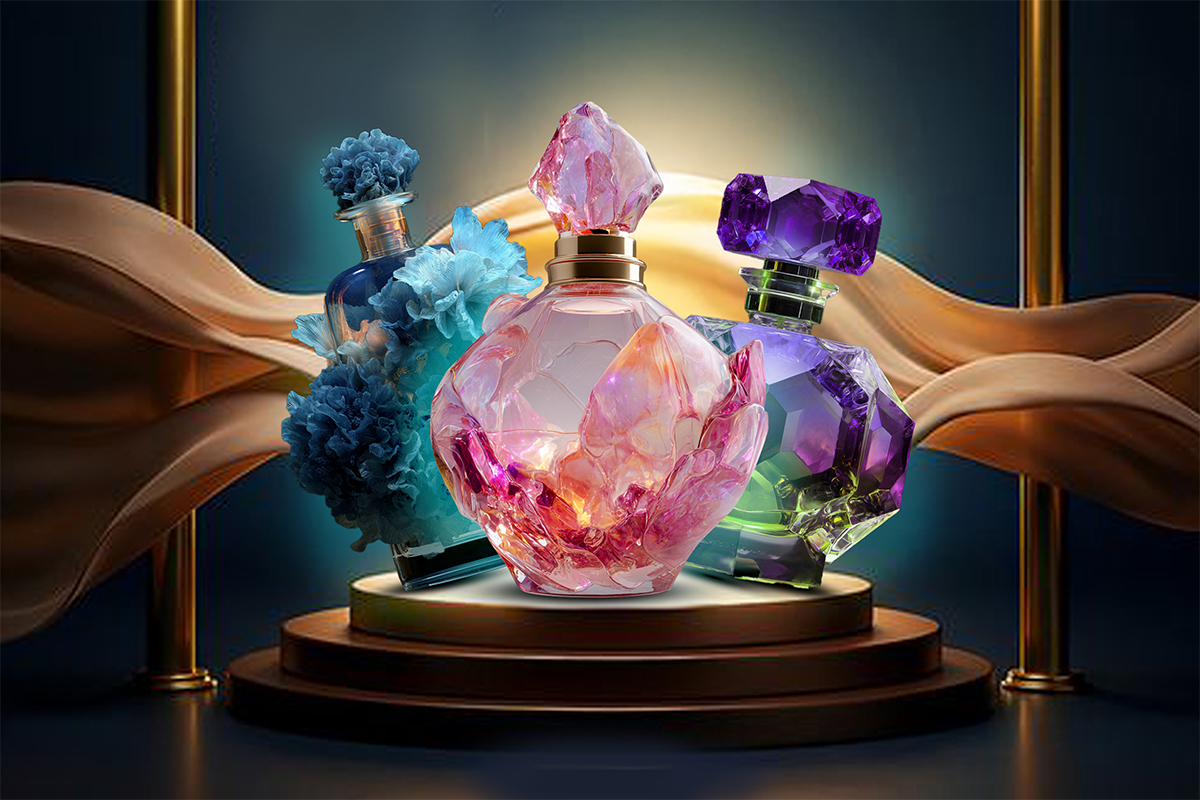
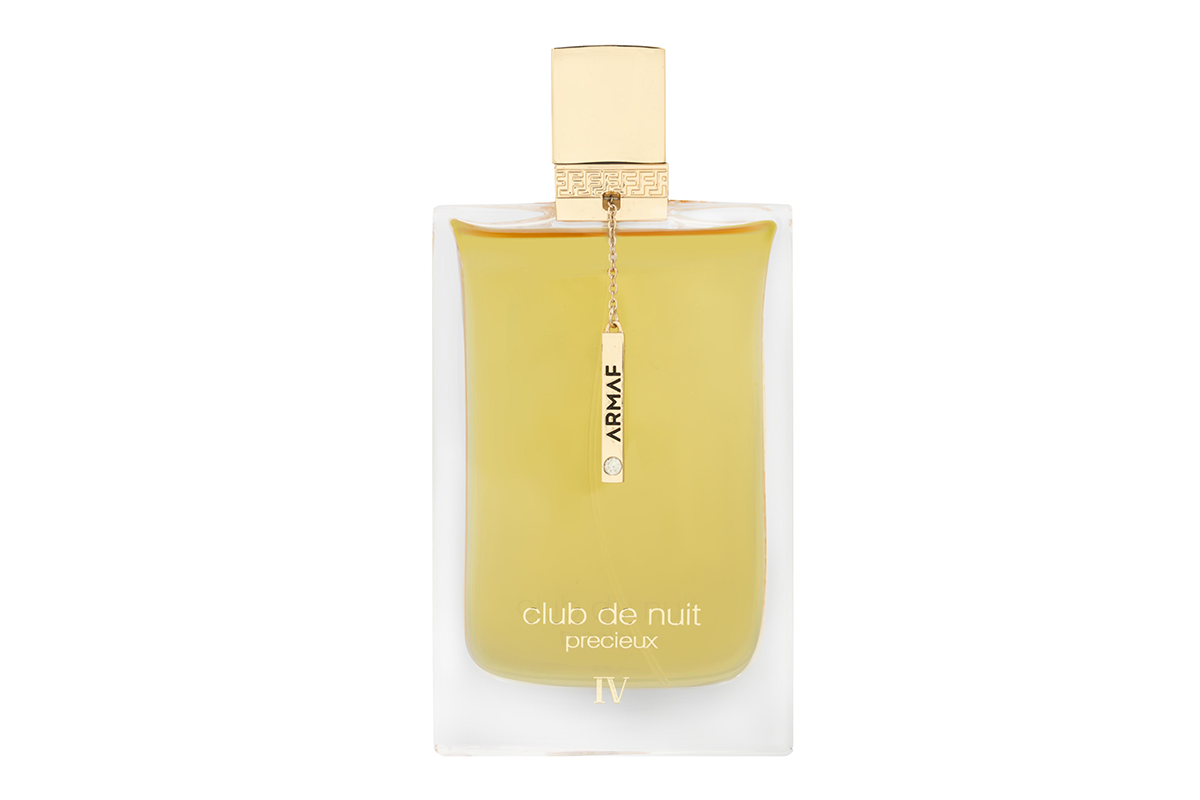
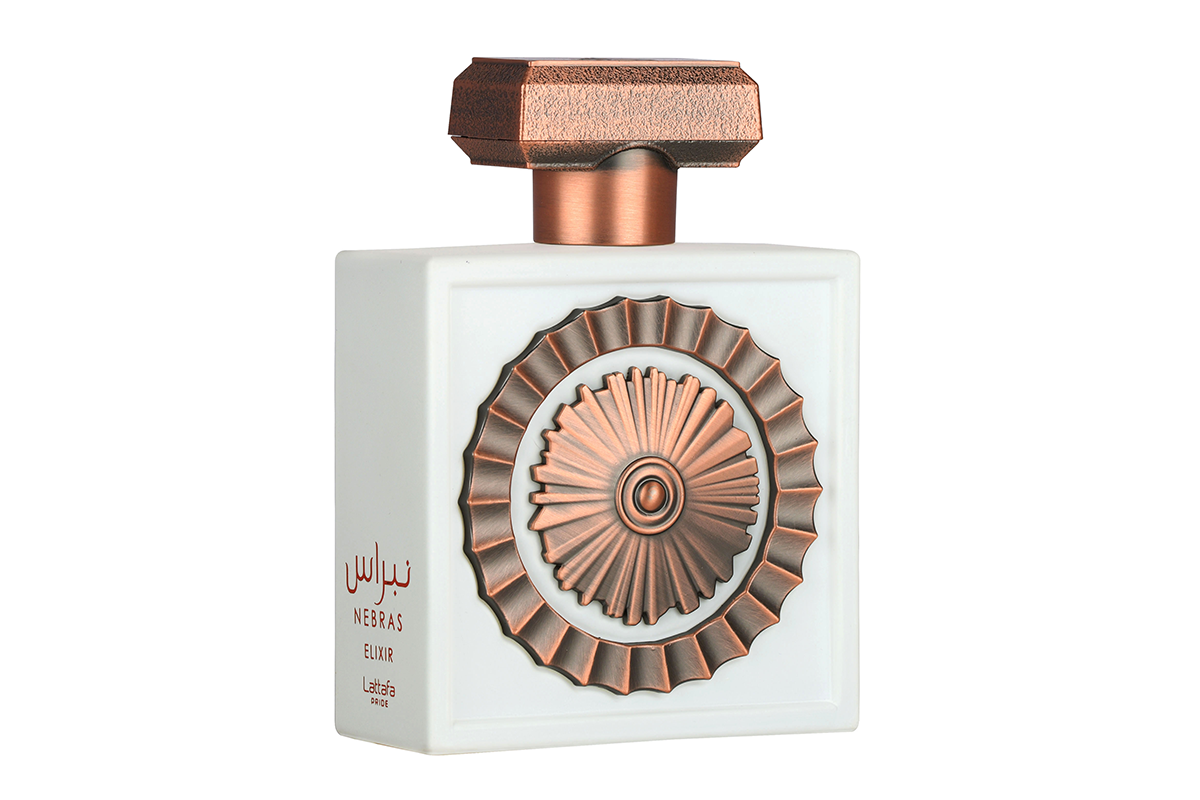
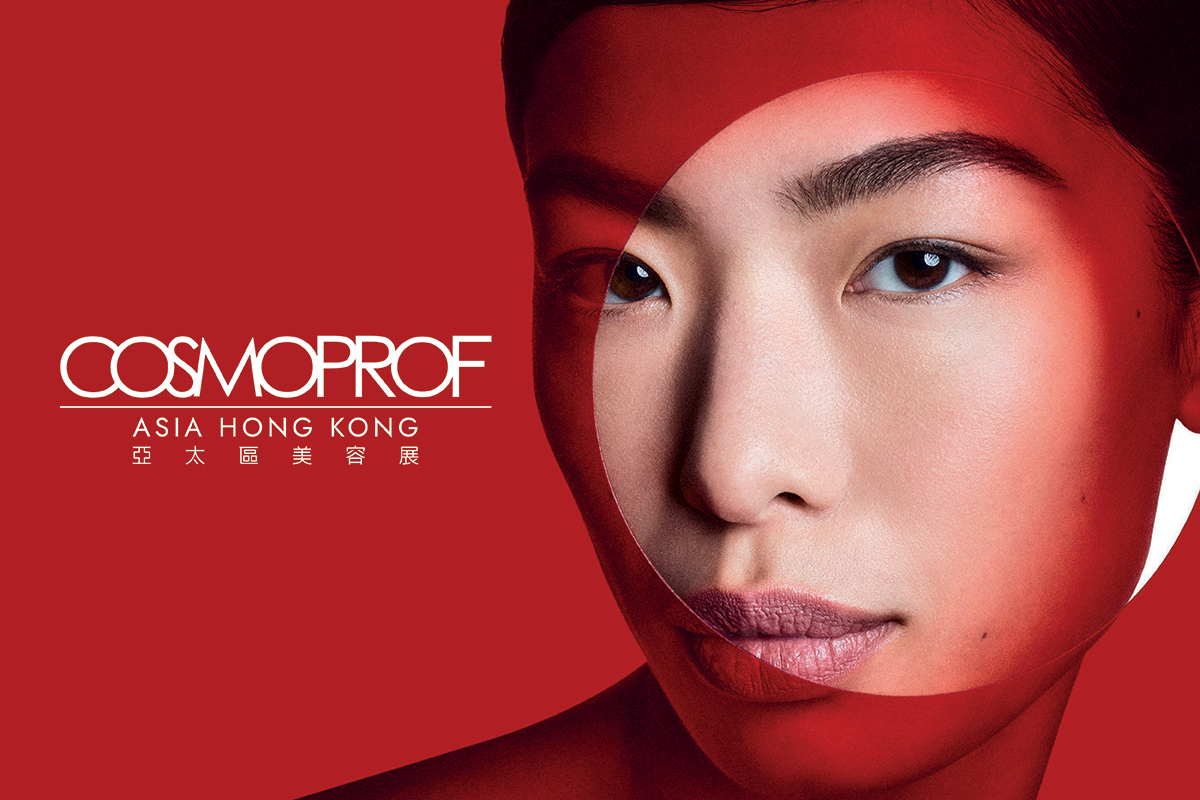



Add Comment